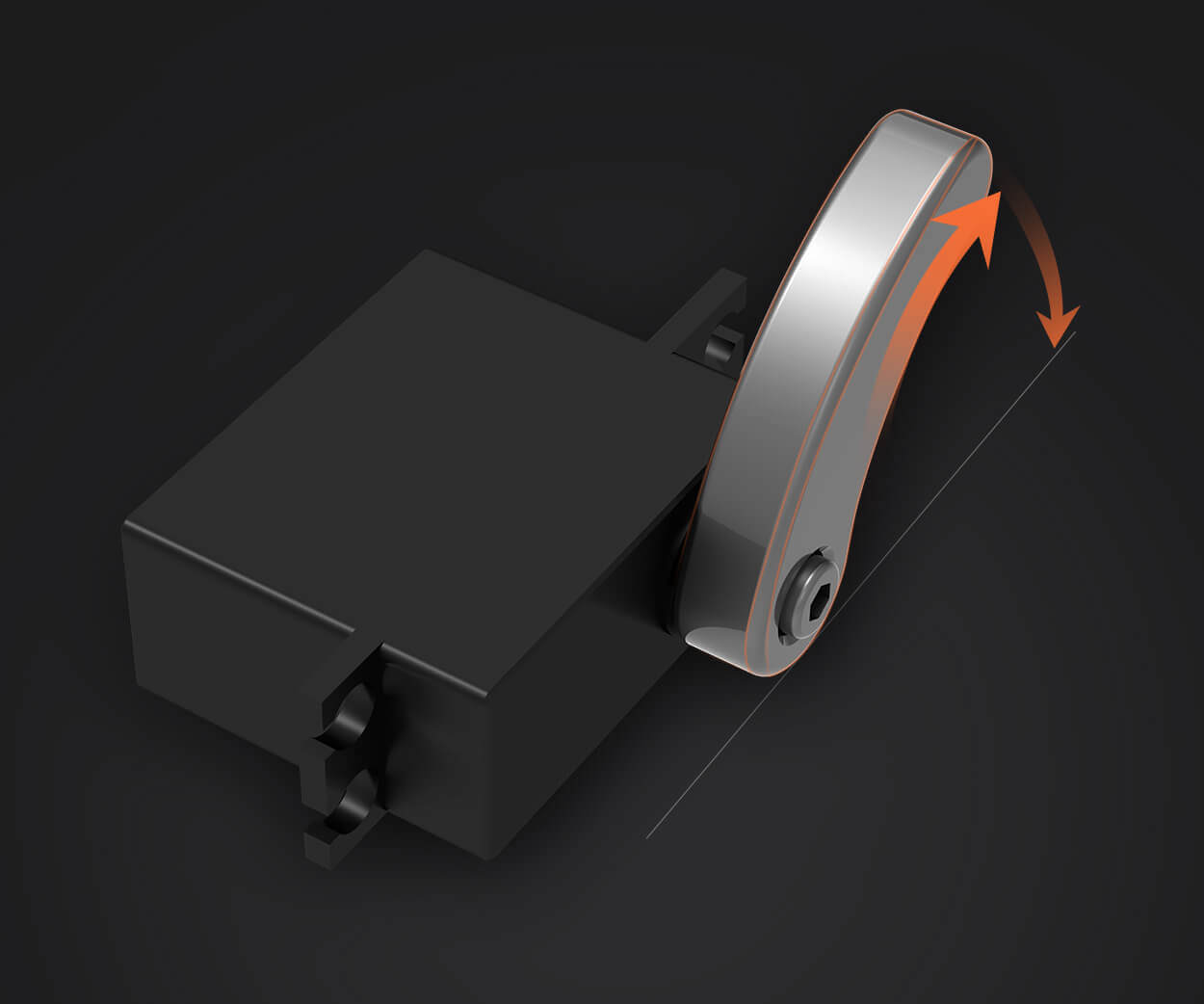Certainly! Here’s the first part of a comprehensive, engaging soft article centered around the theme “MG995 servo motor weight,” designed to be attractive and informative.

When venturing into the world of robotics, one of the first things enthusiasts and professionals alike pay attention to is the servo motor. Among the multitude of options available, the MG995 servo motor stands out as a popular choice, known for its impressive strength, durability, and versatile applications. But beyond its technical capabilities, one crucial aspect that often influences design decisions is its weight. Why does the weight of an MG995 matter so much? And how does it impact the performance and design of robotic systems?
The MG995 servo motor is a classic in the realm of hobby robotics, frequently used in remote-controlled vehicles, robotic arms, and other mechanical projects. Its popularity stems from a combination of high torque, robust construction, and affordability. However, the weight of this servo – typically around 55 to 60 grams (roughly 2 to 2.1 ounces) – plays a crucial role in how engineers and hobbyists approach their projects.
To understand why, consider the importance of weight in robotics. Every component added to a robot affects factors like energy consumption, balance, and stability. A heavier servo motor may contribute greater torque and durability, but it also adds unnecessary load and sluggishness in certain applications. Conversely, a lighter motor might sacrifice some strength but improves efficiency and agility. Striking the right balance is vital.
The MG995, weighing approximately 55 grams, establishes a middle ground. It offers substantial torque—often around 13 kg·cm (around 180 oz·in)—which is enough for many demanding tasks. Such strength requires a sturdy, somewhat hefty motor design, hence the weight. The motor’s size, including its geared construction and casing, naturally contributes to this mass. Its gear train, usually composed of durable metal gears, also adds to its weight, providing resilience against wear and tear.
From a design perspective, knowing the weight of the MG995 helps in planning the overall layout of a robotic project. For lightweight applications like small drones or delicate mechanical arms, engineers might look for lighter servo options to prevent overloading the structure. But for applications demanding brute force—like large robotic arms lifting heavy objects—the MG995’s weight isn’t just acceptable; it’s advantageous.
Moreover, the weight influences the power system design. A heavier servo motor demands a more robust power supply and capable mounting structures. Ensuring the frame can support this weight without sagging or causing imbalance is key, especially in dynamic systems like moving vehicles or articulated robots.
Beyond purely mechanical considerations, the weight also impacts operational factors like speed and responsiveness. Heavier servos tend to accelerate more slowly due to inertia, which can affect movement precision in fast, complex maneuvers. This trait must be considered when programming robotics with MG995s, particularly in high-speed applications.
In essence, the weight of the MG995 servo motor encapsulates a balance: it’s hefty enough to deliver high torque and durability, yet manageable enough to be integrated into a variety of projects. Understanding this weight, and how it influences system design, helps hobbyists and engineers alike optimize their creations for both performance and reliability.
In the next part, we’ll delve into the specifics of how this weight aligns with technical specifications, compare it with other servo options, and explore why such an optimal mass matters in both hobbyist and industrial robotics. We’ll also provide tips on how to manage the weight effectively in your projects for enhanced performance and longevity.
Established in 2005, Kpower has been dedicated to a professional compact motion unit manufacturer, headquartered in Dongguan, Guangdong Province, China.




































